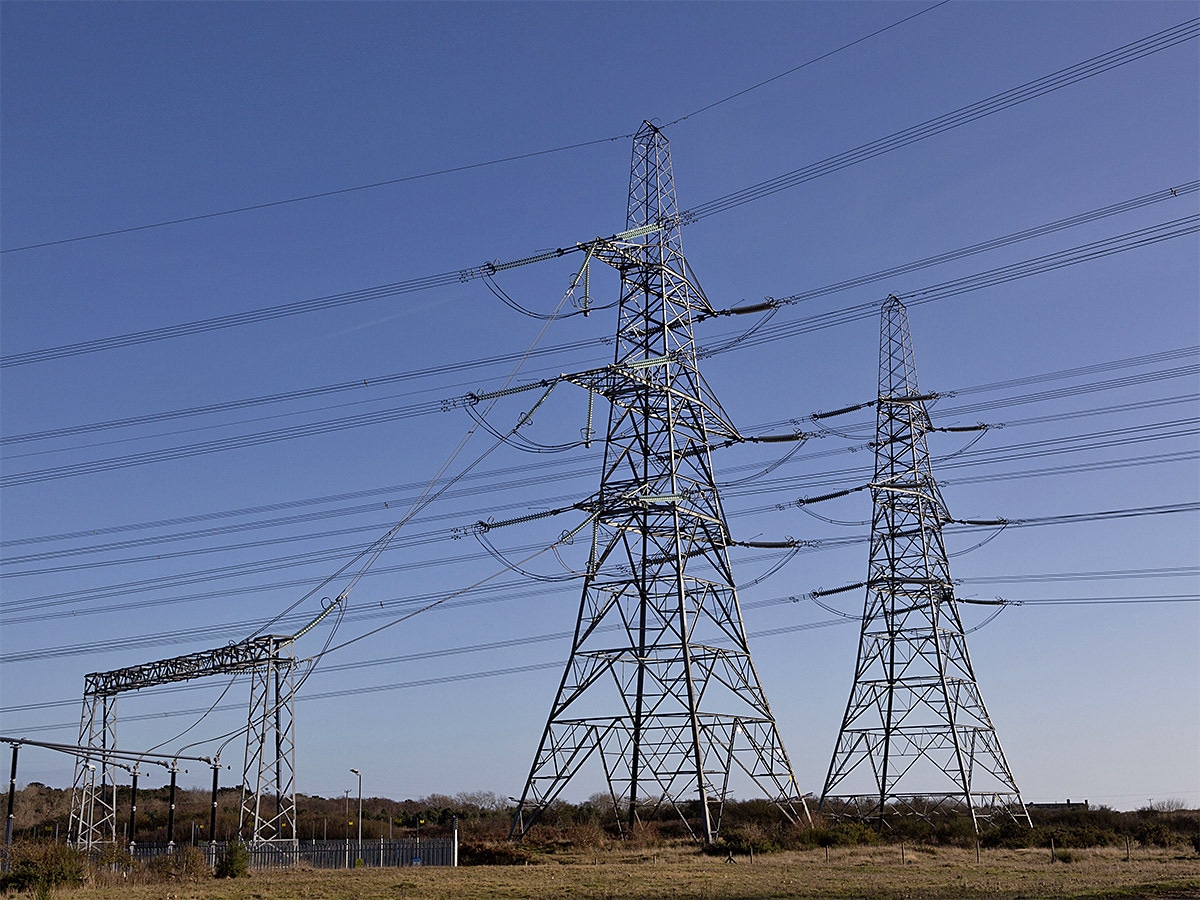National Grid shares have trended sideways for most of 2022, but have seen a much-needed lift in the past month following news that it will invest £54bn to upgrade its UK energy network. While the UK energy company’s profits were boosted by rising energy prices, the cost of living crisis could present near-term pressure.
Shares in UK energy distributor National Grid [NG.L] have performed relatively flat so far in 2022, despite the company benefiting from the higher prices of gas and electricity.
The National Grid share price staged a mini recovery in the last month through 9 August, rising to 1,152.50p, following a brief dip. The rebound has been partly powered by the utility’s announcement that it will invest £54bn to upgrade its UK energy network. The stock is up 11.9% year-to-date and is trading 36.5% above its 52-week low of 844.41p, which it set on 30 September last year.
“Defensive sectors — electric, gas and water — saw some profit taking globally after a strong start to the year, with National Grid and SSE [SSE.L] in the UK the main individual detractors,” noted ClearBridge Investments in its second-quarter Global Infrastructure Income Strategy review.
Cost of living challenges
National Grid’s operating profits rose by 82% year-over-year to £4.3bn in the fiscal year ended 31 March, while pre-tax profit soared 107% to £3.4bn. Earnings per share also jumped from 37p in 2021 to 60.6p, which meant that the UK electricity and gas company could increase its payout to shareholders. It declared a full-year dividend of 50.97p, a 3.7% increase on the 49.16p paid out in fiscal 2021.
The company is expecting earnings for the year ending 31 March 2023 to be flat, assuming an exchange rate of £1 to $1.30. It has a five-year compound annual growth rate (CAGR) target through to 2025/2026 of between 5% and 7%..
In the near-term, National Grid’s customers “are facing significant cost of living challenges” as flagged by CEO John Pettigrew in prepared remarks published with the full-year results.
The rising cost of living is a risk to National Grid’s profits in the short-term, noted Laura Hoy, an equity analyst at Hargreaves Lansdown, in a recent analysis. “The surge in energy costs means customers are already struggling and there’s a lot of pressure on regulators to start slicing into utilities’ profits,” she wrote.
The government has no plans to introduce a windfall tax on electricity firms like the one the North Sea oil producers have been slapped with. But the current headwinds cloud the near-term outlook.
A move away from fossil fuels
The investment case for National Grid is arguably its push into offshore wind farms, as part of plans to develop its UK energy network. The proposal is for 15 connection points that will bring energy from 18 offshore wind farms to the UK. The company has estimated that it could save consumers £5.5bn in costs by 2030, reported the Financial Times. The government is targeting 50GW of energy from offshore wind farms by 2030, a five-fold increase on the current 10GW capacity, and National Grid’s proposal could potentially cover 23GW of energy needs.
The plans were warmly received by Duncan Sinclair, an analyst at the consultancy Baringa. He told the Financial Times that it was a “much more sensible way to connect the huge volumes of new offshore wind capacity needed and would save on costs for consumers overall”.
National Grid continues to look for ways to divert away from fossil fuels, including plans to sell 60% of its gas transmission business to the world’s largest infrastructure investor, Macquarie [MQG.AX]. The Financial Times reported on 7 August that the UK government would be reviewing the deal, but a National Grid spokesperson told the paper that this had been expected.
Arguing the long-term investment case, Hoy wrote: “National Grid has the traditional pros of a utility, but also growth opportunities — a rarity for the sector. And we commend its willingness to pounce on shifting energy trends. But investors are paying for [National Grid’s] strengths with an above-average price-to-earnings ratio.”
National Grid has three ‘hold’ ratings, according to MarketBeat data. The consensus target price is 1,145p, implying a marginal upside of 0.7% from the closing price on 9 August.
Continue reading for FREE
- Includes free newsletter updates, unsubscribe anytime. Privacy policy





